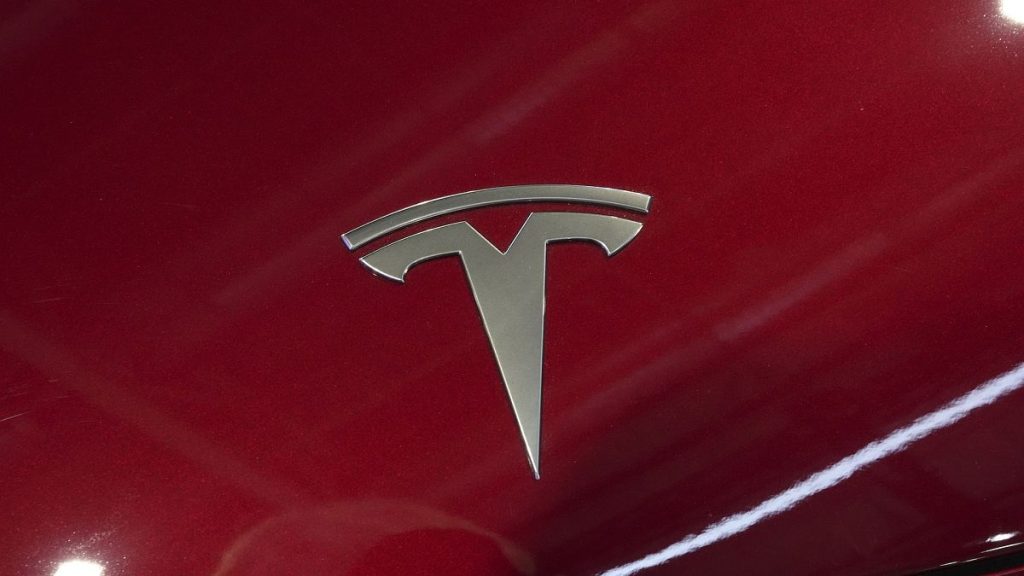Tesla’s 2024 Performance: A Year of Records and Challenges
Tesla’s 2024 performance presented a mixed bag of record-breaking achievements and unforeseen challenges. While the company achieved record quarterly deliveries and energy storage deployments in Q4 2024, the year also marked its first-ever annual decline in vehicle deliveries, highlighting the headwinds facing the electric vehicle (EV) industry. The final quarter saw Tesla deliver 495,570 vehicles and deploy 11.0 gigawatt hours (GWh) of energy storage products, surpassing previous records. The Model 3 and Model Y continued to be the driving force, accounting for the lion’s share of deliveries. However, the overall figures fell short of analyst expectations, which had projected deliveries exceeding 510,000 units. This shortfall, combined with the annual decline in deliveries to 1,789,226 vehicles from 1.81 million in 2023, contributed to a 6% dip in Tesla’s share price following the announcement. Despite these setbacks, Tesla maintained a positive outlook, forecasting "slight growth" in vehicle deliveries for 2024 and projecting a more substantial 20%-30% growth in 2025, driven by increasing demand and the ramp-up of new models. The company’s energy storage business also showed significant progress, achieving a more than twofold increase in deployments to 31.4 GWh, aligning with its ambitious growth targets.
Market Reactions and Future Outlook:
Despite the delivery miss, market attention remained focused on Tesla’s overall financial performance, particularly its revenue growth and profit margins, which were expected to be revealed in the upcoming Q4 earnings report. Investors were keen to assess the impact of the Cybertruck’s positive gross margin achievement, the continued growth of the energy business, and the progress on plans for affordable EV production, slated to commence in the first half of 2025. These developments, coupled with CEO Elon Musk’s optimistic projections for future delivery growth, fueled anticipation for a robust financial performance despite the delivery challenges. The market recognized that the short-term fluctuations in deliveries could be attributed to various factors, including global economic slowdowns and intensified competition, while the long-term growth trajectory remained strong.
The Trump Effect and Policy Implications:
Adding another layer of complexity to Tesla’s narrative was the political landscape, particularly the return of Donald Trump to the presidency. Tesla’s stock had experienced a significant surge following Trump’s election victory, fueled by investor speculation about potential favorable treatment from the new administration, given Musk’s public support for Trump. The expectation was that a Trump administration would prioritize the development of a more streamlined regulatory framework for self-driving cars, potentially benefiting Tesla’s Robotaxi ambitions. This positive sentiment was further bolstered by reports suggesting that the Trump transition team was indeed planning to focus on autonomous vehicle regulations. However, the potential removal of EV subsidies under a Trump administration also posed a risk to Tesla’s profit margins, although this was viewed as a potential advantage for Tesla compared to its competitors, who might be more reliant on government support. This interplay of potential benefits and risks created an environment of speculative hype around Tesla’s stock, making it susceptible to significant fluctuations based on policy developments.
Competitive Landscape and the Rise of Chinese Automakers:
Beyond the political and market dynamics, Tesla also faced intensifying competition, particularly from Chinese automakers. BYD, the leading Chinese EV manufacturer, reported impressive full-year deliveries, significantly exceeding Tesla’s figures, demonstrating the growing strength of the Chinese EV market. Tesla had responded to this competitive pressure earlier in the year by implementing price cuts and incentives in the Chinese market, but these measures had impacted its profit margins. This competitive pressure, combined with the softening global demand for EVs, further complicated Tesla’s path to achieving its growth targets. Navigating this increasingly competitive landscape would require Tesla to continue innovating, improving efficiency, and expanding its product portfolio to maintain its market share.
Navigating the Uncertainties:
Tesla’s 2024 journey highlighted the complex interplay of various factors influencing its performance. While the company continued to innovate and achieve record milestones in certain areas, it also encountered challenges related to demand fluctuations, competitive pressures, and political uncertainties. The market’s reaction to the delivery miss underscored the importance of not only achieving delivery targets but also demonstrating consistent revenue growth and profitability. Tesla’s future success would depend on its ability to navigate these complexities, capitalize on emerging opportunities, and maintain its position as a leader in the rapidly evolving EV market.
Looking Ahead: Innovation, Expansion, and Adaptability:
Moving forward, Tesla’s strategy will likely focus on several key areas: continued innovation in battery technology and autonomous driving, expansion into new markets, and adaptation to evolving consumer preferences and regulatory landscapes. The company’s commitment to developing affordable EVs will be crucial for broadening its market reach and addressing the growing demand for more accessible electric transportation. Furthermore, the growth of Tesla’s energy business will play an increasingly important role in diversifying its revenue streams and contributing to the overall financial performance. Successfully navigating these strategic priorities will be essential for Tesla to maintain its competitive advantage and achieve its long-term growth ambitions in the face of ongoing challenges and uncertainties.














